Toxic dust on Mars could make future missions to the red planet extremely dangerous for astronauts and require adequate countermeasures, according to new research.
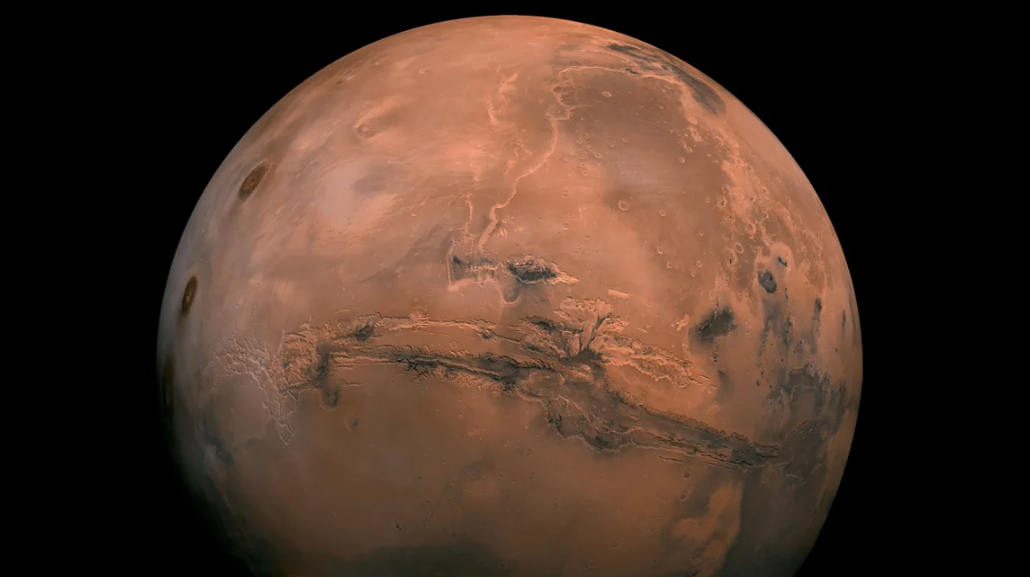
Mars is often covered in thick dust.
Components such as silica, gypsum, perchlorate and nano-iron oxide found in Martian dust could pose a health threat to members of a human mission to Mars, according to a report published in the journal GeoHealth .
"The biggest danger is the risk to astronauts' lungs. Because the dust is extremely fine, the dust particles are expected to adhere to astronauts' lungs and some may enter the blood circulation," CNN quoted co-author Justin Wang, a medical student at the University of Southern California (USA) on March 26.
On the way to Mars, astronauts face the risk of pulmonary fibrosis due to radiation exposure, and many other hazards, including silica and iron oxide, can make pneumonia more dangerous, said Mr. Wang.
Researchers also worry that perchlorate, a chemical compound found in Martian soil, could disrupt thyroid function and cause aplastic anemia (a condition in which the body stops producing enough red blood cells).
How long does it take to get to Mars?
Because it takes days to return to Earth from Mars, as well as the waiting time while communicating with the home planet, astronauts need to avoid dust exposure, through good dust filtration, cabin cleaning and the use of electrostatic thrusters, according to the report.
However, Mr. Wang also expressed optimism that toxic dust will not stop humans from marching to Mars, as long as they invest in researching effective prevention measures before the official mission is launched.
Source: https://thanhnien.vn/bui-doc-hai-tren-sao-hoa-co-the-can-tro-su-menh-cua-phi-hanh-gia-18525032714074553.htm



![[Photo] President Luong Cuong presents the decision to appoint Deputy Head of the Office of the President](https://vphoto.vietnam.vn/thumb/1200x675/vietnam/resource/IMAGE/2025/5/8/501f8ee192f3476ab9f7579c57b423ad)
![[Photo] Prime Minister Pham Minh Chinh meets with the Policy Advisory Council on Private Economic Development](https://vphoto.vietnam.vn/thumb/1200x675/vietnam/resource/IMAGE/2025/5/8/387da60b85cc489ab2aed8442fc3b14a)
![[Photo] General Secretary concludes visit to Azerbaijan, departs for visit to Russian Federation](https://vphoto.vietnam.vn/thumb/1200x675/vietnam/resource/IMAGE/2025/5/8/7a135ad280314b66917ad278ce0e26fa)
![[Photo] National Assembly Chairman Tran Thanh Man chairs the meeting of the Subcommittee on Documents of the First National Assembly Party Congress](https://vphoto.vietnam.vn/thumb/1200x675/vietnam/resource/IMAGE/2025/5/8/72b19a73d94a4affab411fd8c87f4f8d)
![[Photo] General Secretary To Lam begins official visit to Russia and attends the 80th Anniversary of Victory over Fascism](https://vphoto.vietnam.vn/thumb/1200x675/vietnam/resource/IMAGE/2025/5/8/5d2566d7f67d4a1e9b88bc677831ec9d)














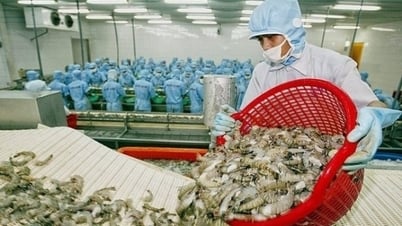




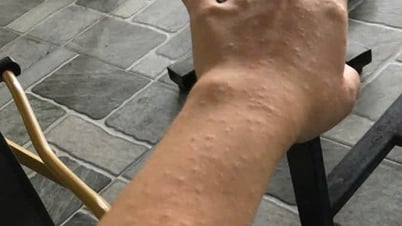








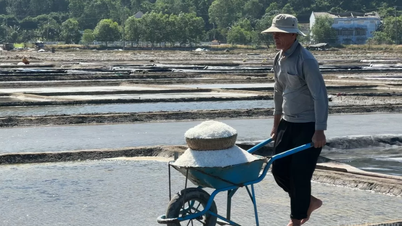















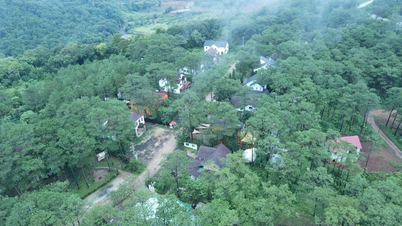









![[Photo] Prime Minister Pham Minh Chinh talks on the phone with Singaporean Prime Minister Lawrence Wong](https://vphoto.vietnam.vn/thumb/402x226/vietnam/resource/IMAGE/2025/5/8/e2eab082d9bc4fc4a360b28fa0ab94de)

































Comment (0)